In his Yoga Sūtras, Patanjali lists the yamas and niyamas as the first two limbs of Aṣṭāṅga yoga. These limbs are the foundation for the process of transformation that occurs in Aṣṭāṅga yoga, and without them practice becomes limited to a purely physical pursuit. There are five yamas (non-violence, truth, non-stealing, appropriate relationships, and non-grasping) and five niyamas (cleanliness, contentment, effort to overcome negative patterns, study of relevant yoga philosophy, and belief in a higher power), and when practicing yoga it is necessary to try to follow all of them to the best of our ability, incorporating them into all aspects of life.
After introducing the yamas and niyamas, Patanjali then states in sūtra 2.33, “vitarkabādhane pratipakṣabhāvanam,” which translates to, “One must cultivate a mental attitude that counteracts the doubts and uncertainties that trouble us.”
Here, Patanjali refers to doubts and uncertainties (vitarkas) that arise when we have begun to integrate the yamas and niyamas into our lives. These vitarkas result in thoughts and actions that contradict the yamas and niyamas. Although the same kinds of vitarkas had previously been present in our lives, now that we are following the path of yoga we must try to overcome them. At these times Patanjali says that we should cultivate an opposite mental attitude (pratipakṣa-bhāvanam) in order to counteract or annul (bhādane) those negative thoughts and tendencies as well as their resulting actions.
The next sūtra, 2.34, explains the kinds of vitarkas that arise and their consequences: “vitarkāḥ himsādayaḥ kṛta kāritā anumoditāḥ lobha krodha mohapūrvakāḥ mṛdu madhya adhimātrāḥ duḥkha ajñāna anantaphalāḥ iti pratipakṣabhāvanam,” or, “Those vitarkas such as violence etc., that we commit, condone, or enjoy vicariously are rooted in greed, anger, and delusion. They can be mild, medium, or excessive. Their consequences are endless suffering and ignorance. So contemplation on their opposites should be done.”
Previously we may have ignored these vitarkas, allowing ourselves to become caught up in the drama that they bring. But as we practice the yamas and niyamas and devote more time to yoga practice, we begin to become more sensitive to the presence of these negative mental influences. Patanjali tells us that the consequence of allowing them to go unchecked will be endless suffering and ajñāna, or spiritual ignorance.
It is not enough to curb the negative actions that result from these vitarkas, but we must also not condone those kinds of actions by others. Even vicarious enjoyment of the pain of others should be recognized and avoided. Yet the vitarkas can be very deeply rooted in the mind. Patanjali’s solution is to perform pratipakṣa-bhāvanam—to contemplate the opposite perspective or to produce a feeling that counters the current one.
Related: The Power of Our Personal Narratives
By taking the view of the opposite side in any situation, we gain a different perspective. For instance, when I am approached by someone in the street asking me for money, I may have a negative reaction. But if I meet the same person when volunteering at a soup kitchen and hear their story, I will most likely gain a very different perspective. In the second scenario, I have allowed myself to experience an opposite viewpoint, or a pratipakṣa-bhāvana, that is helpful in dispelling my vitarkas of prejudice.
In Sharathji’s recent article, he writes about the importance of this kind of seva, or service to others. The above example shows how seva not only benefits those that we serve, but also that it is extremely beneficial in helping us overcome our own mental obstacles.
Following the idea of pratipakṣa-bhāvana further, we can begin to explore another layer of meaning. When contemplating two differing viewpoints of the same situation, we may begin to experience in a tangible way that the relative truth of either side of an argument is simply part of a greater unity of the whole. That is, there is a bigger picture in which these differing perspectives are simply “two wings” of the same bird.
We have examples of realized people who have become established in this mode of being to such an extent that they continually experience this unity within all of life. Some perfect examples would be the Buddha, the Jain saints, or the Indian saint Ramana Maharshi. In sūtra 1.37, Patanjali recommends that we contemplate on such people in order to overcome obstacles in yoga: “vītarāgaviṣayaṃ vā cittam,” or “(Fix) the mind on a person (vītarāgā) that has abandoned attraction.”
The vītarāgas mentioned in this sūtra are highly spiritually-evolved souls who abandoned all attachments and were able to follow the yamas and niyamas perfectly. By focusing our minds on such people, we too are able to gain an insight into this ideal, which is extremely helpful for stabilizing our minds and overcoming our own vitarkas.
I was reminded of this sutra recently when I found myself increasingly frustrated and upset by the current political landscapes worldwide that are filled with so much division. At some point I decided to set aside listening to the news and instead to read the Rāmāyana. The protaganists, Rāma and Sīta, are both great souls filled with dharma who always follow the path of righteousness without any arrogance or pride. Both are perfect examples on which to meditate. Reading and contemplating their story was the perfect pratipakṣa-bhāvana, helping me to return my mind to a clear and stable perspective.





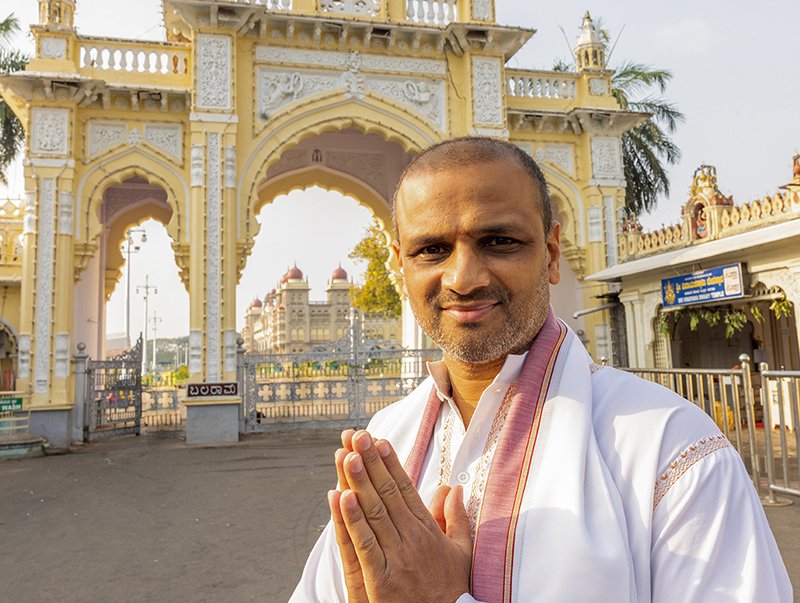
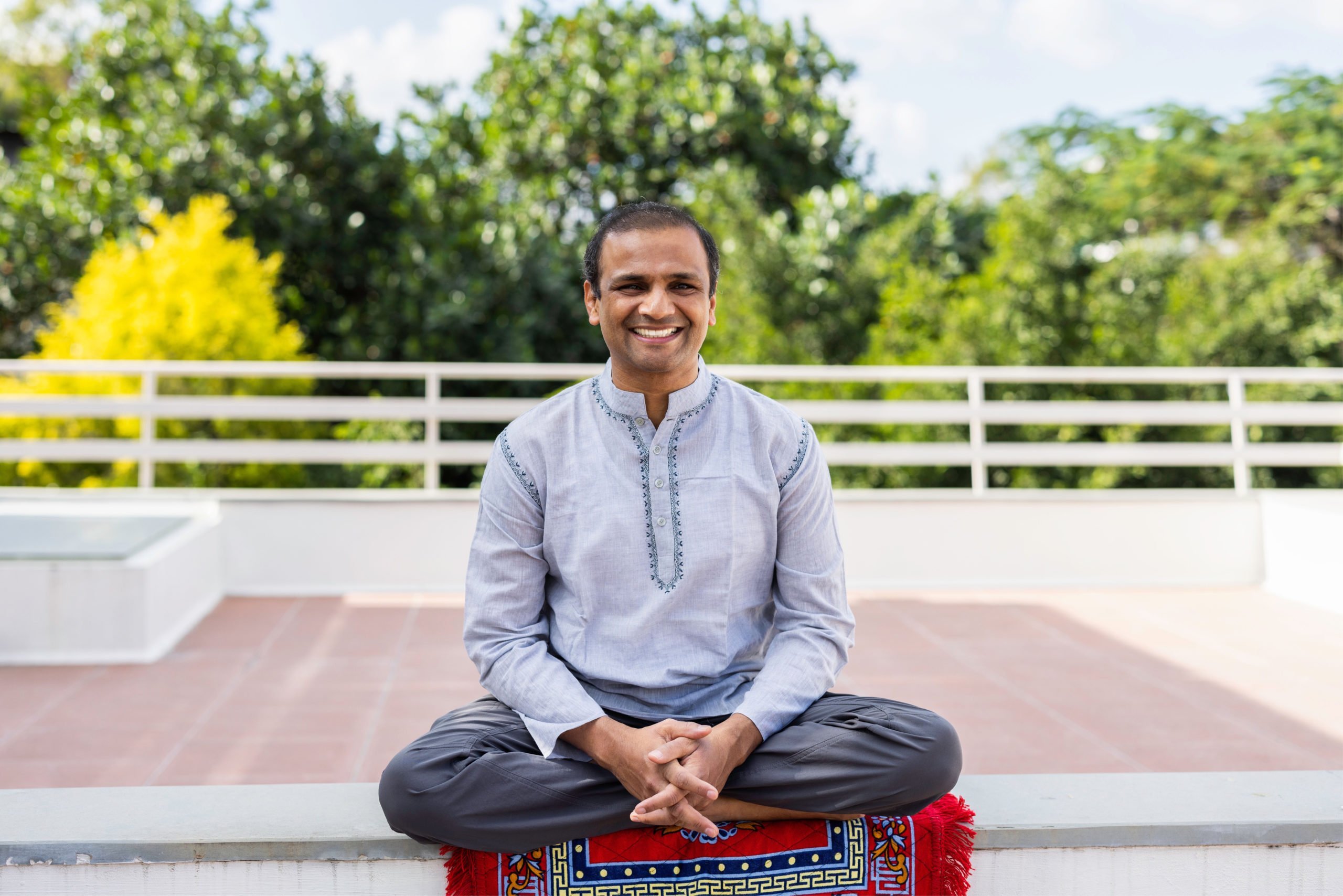
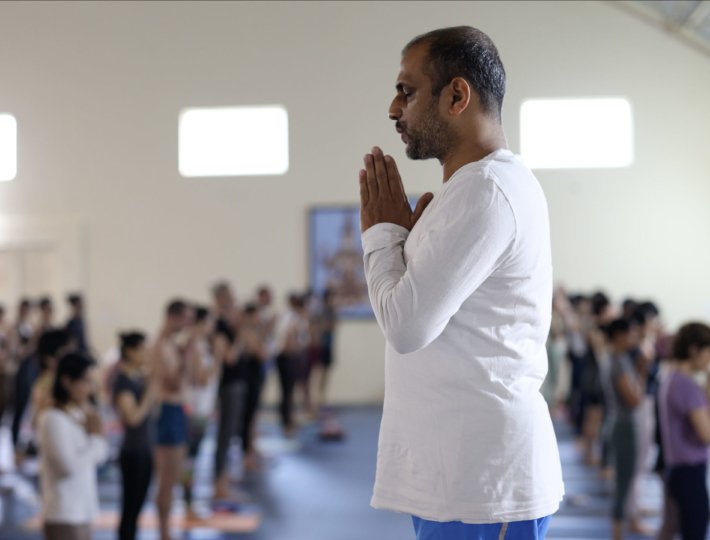
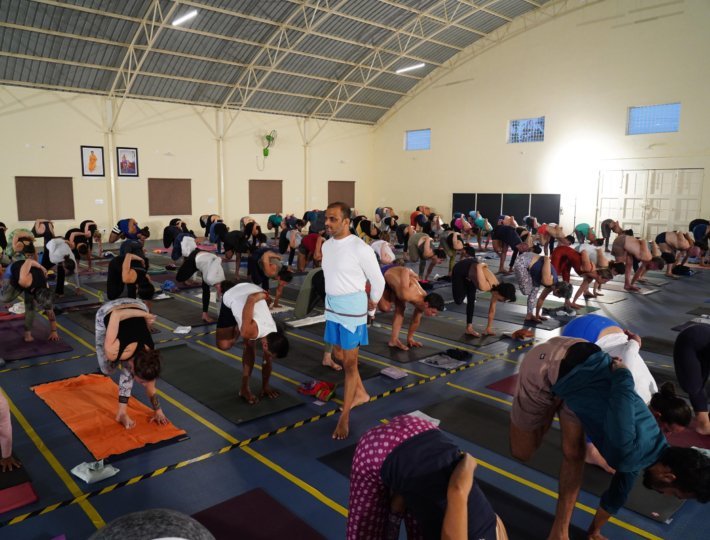
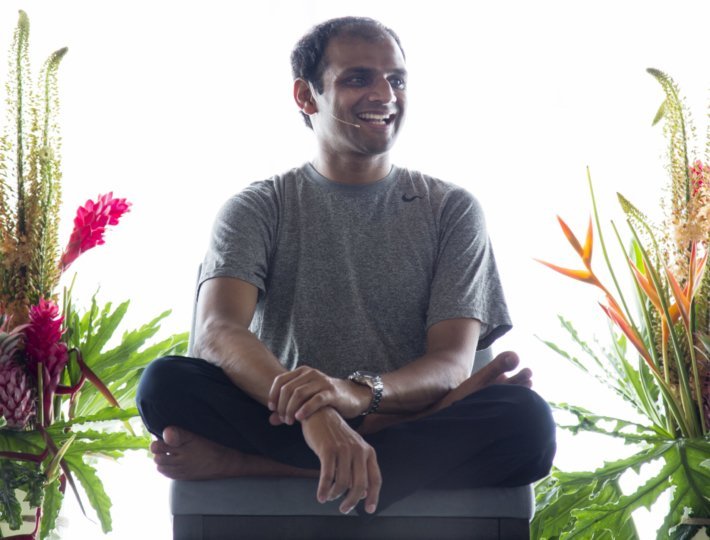

Comments (0)